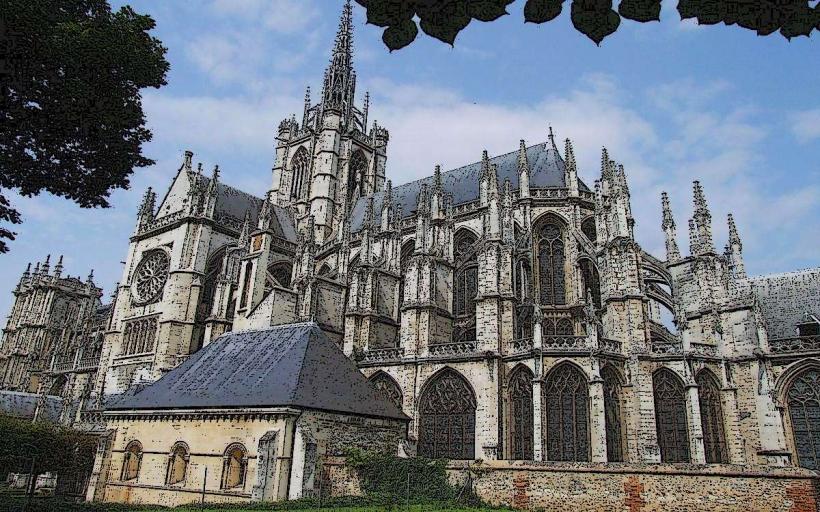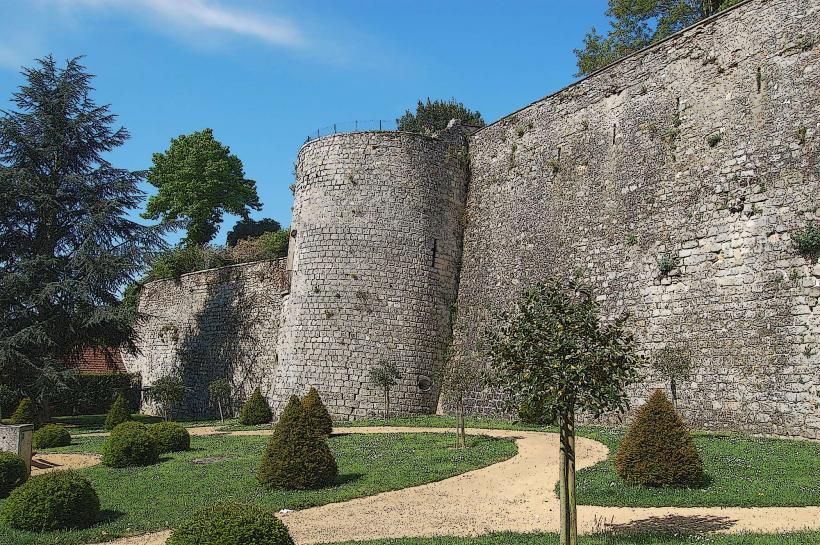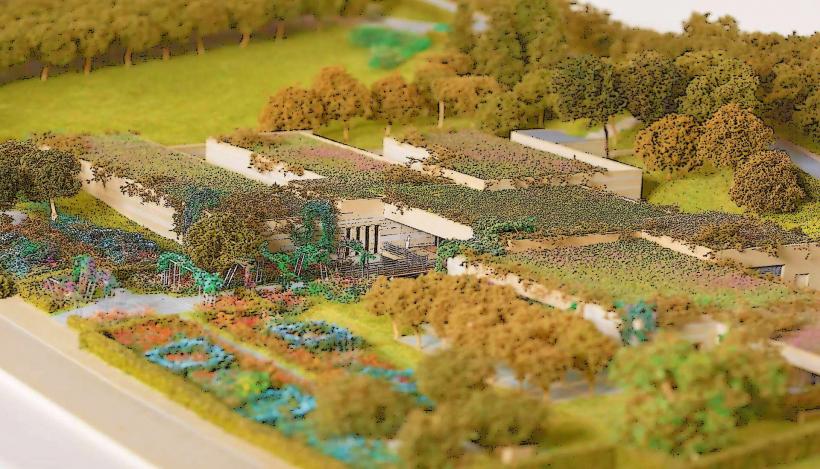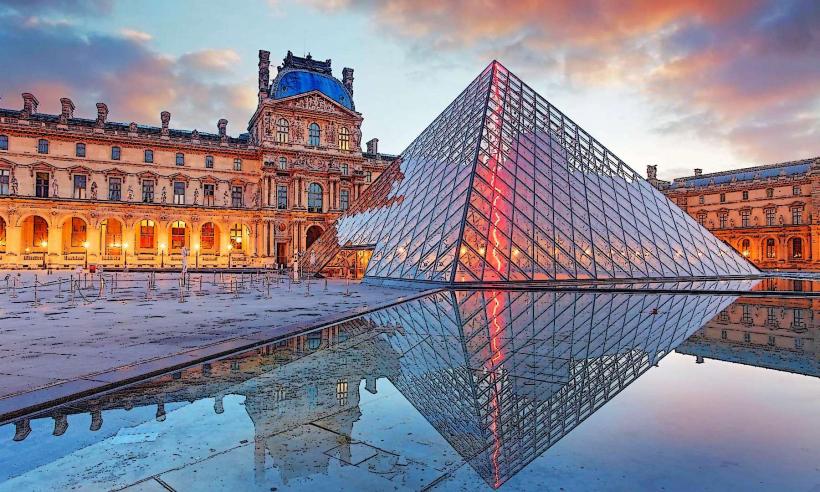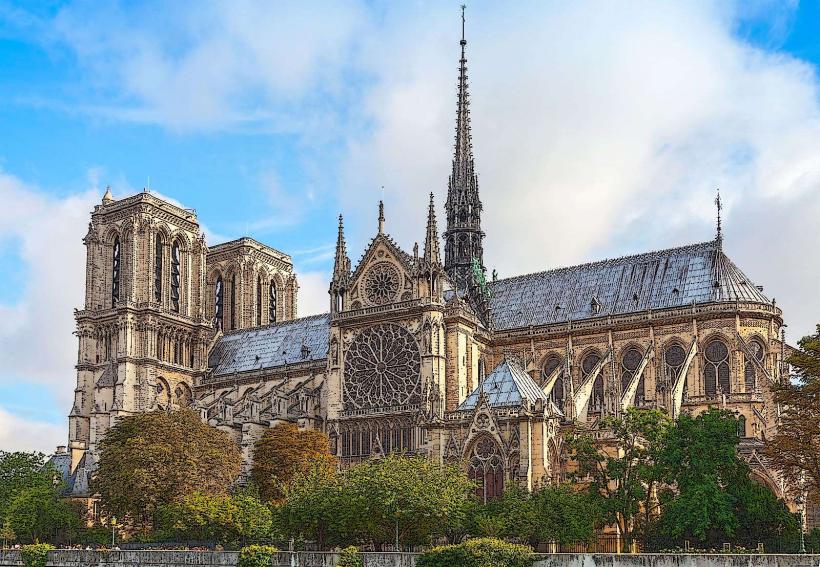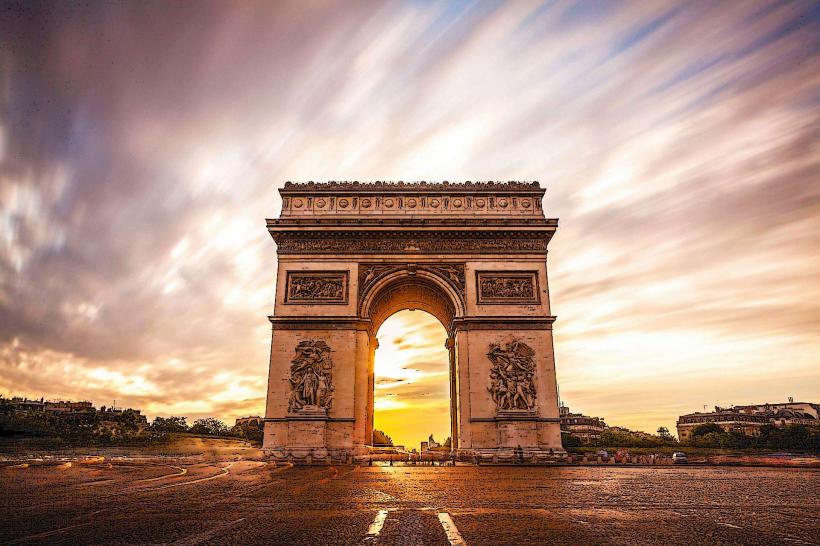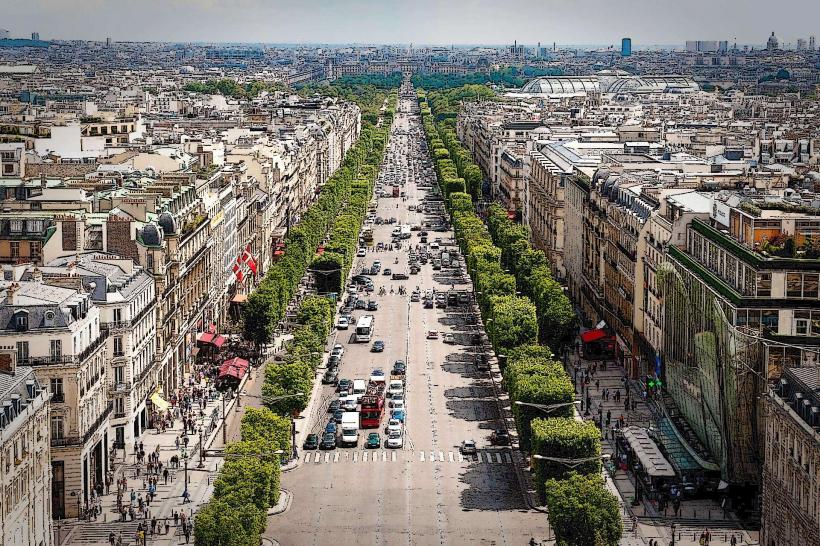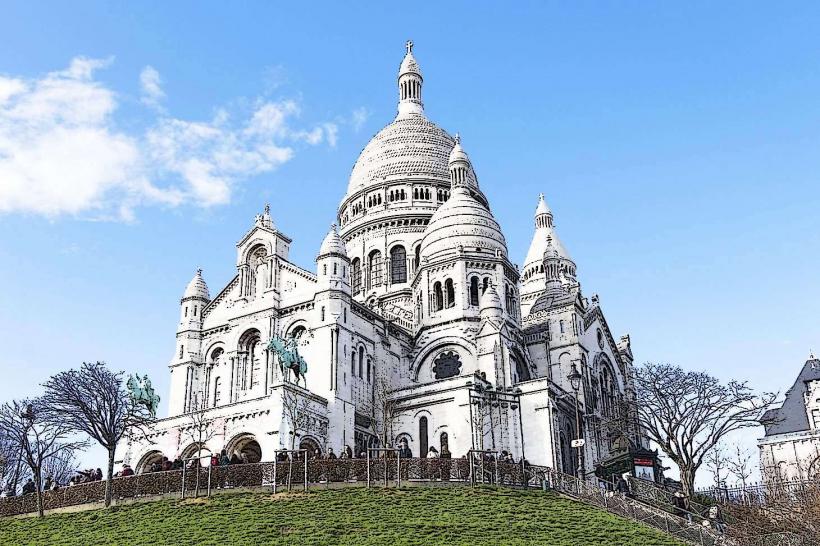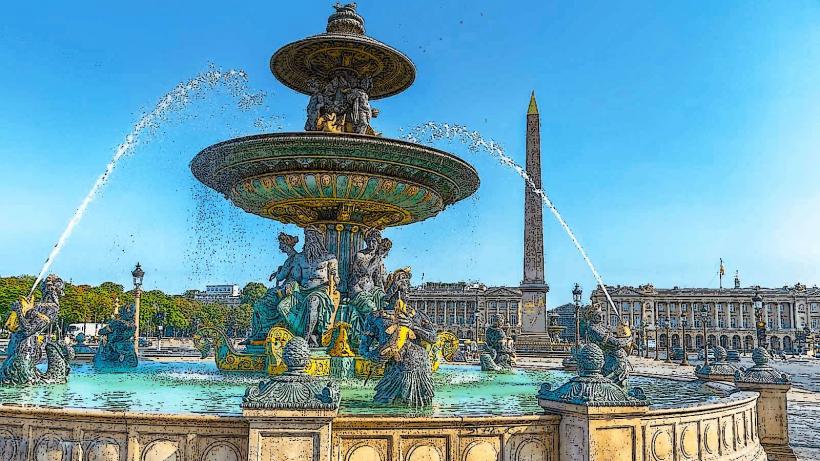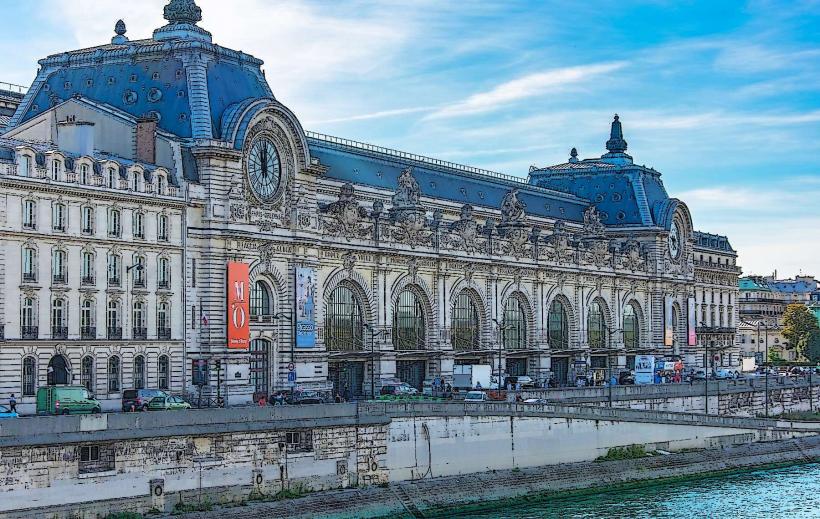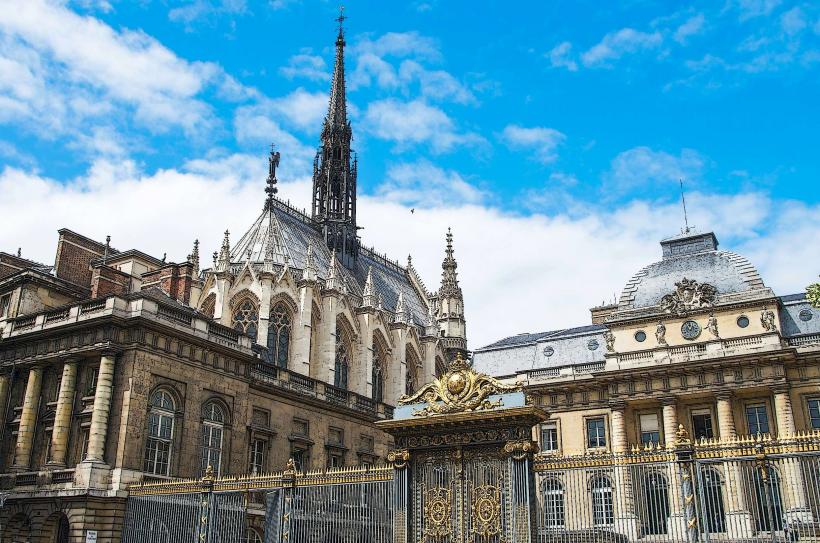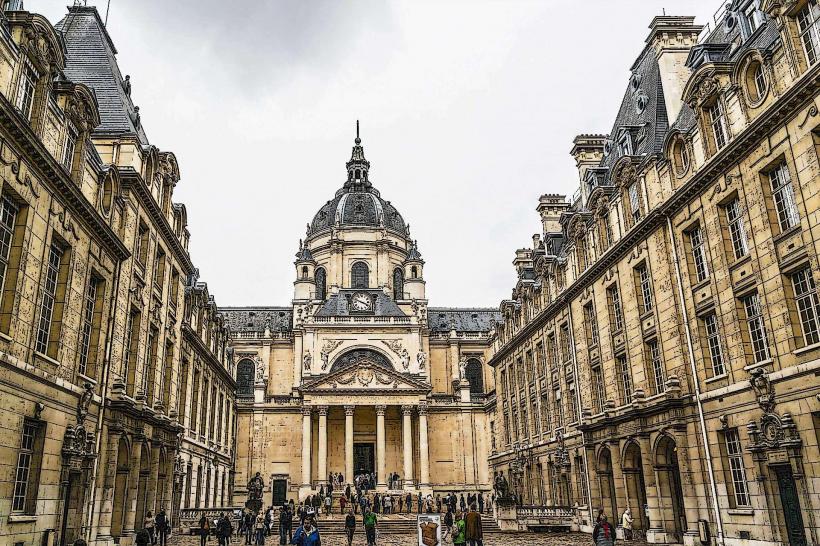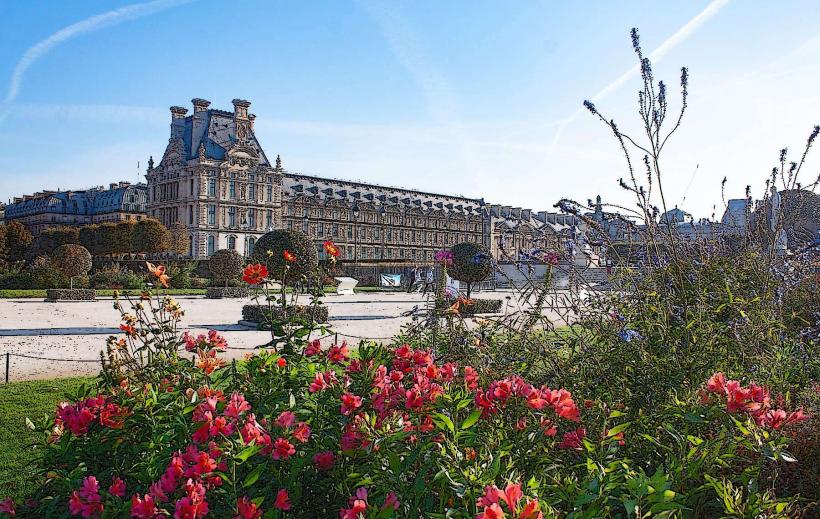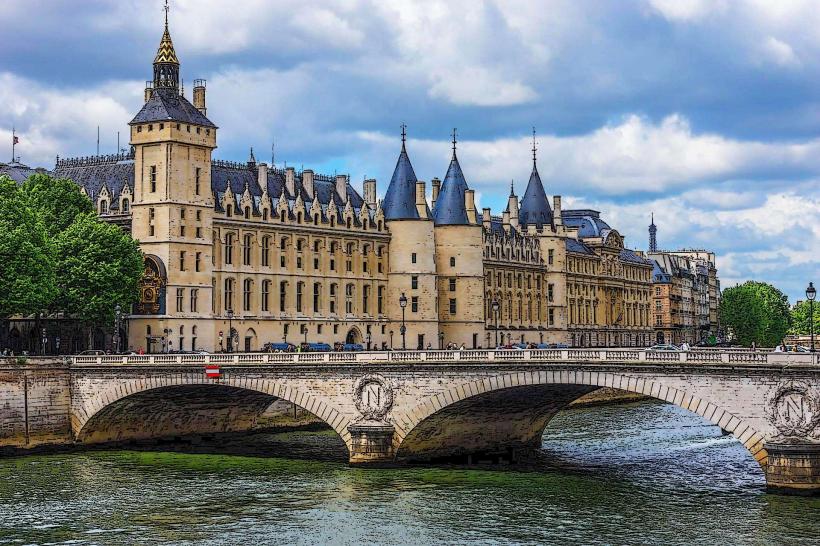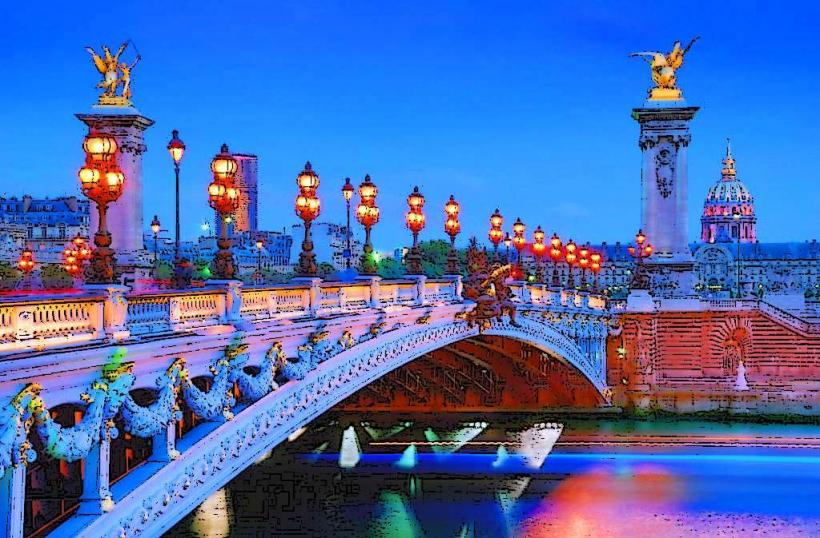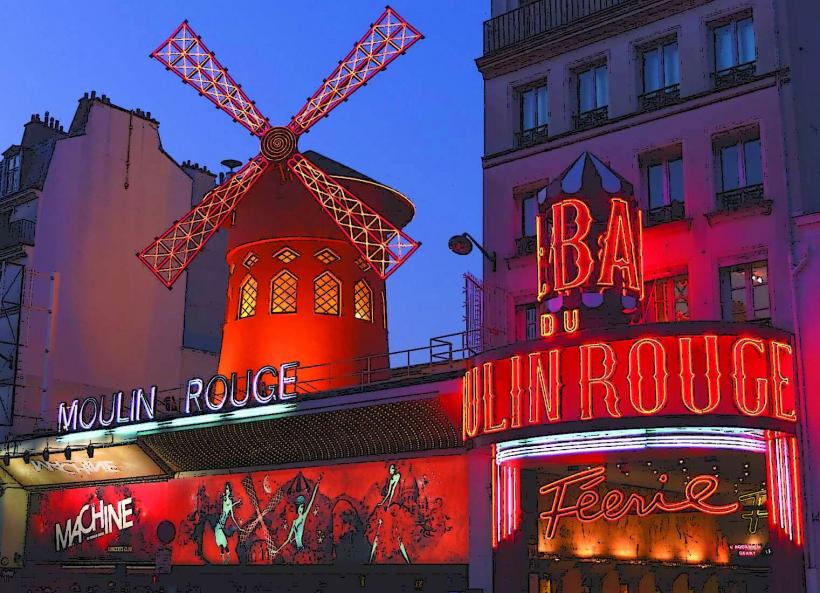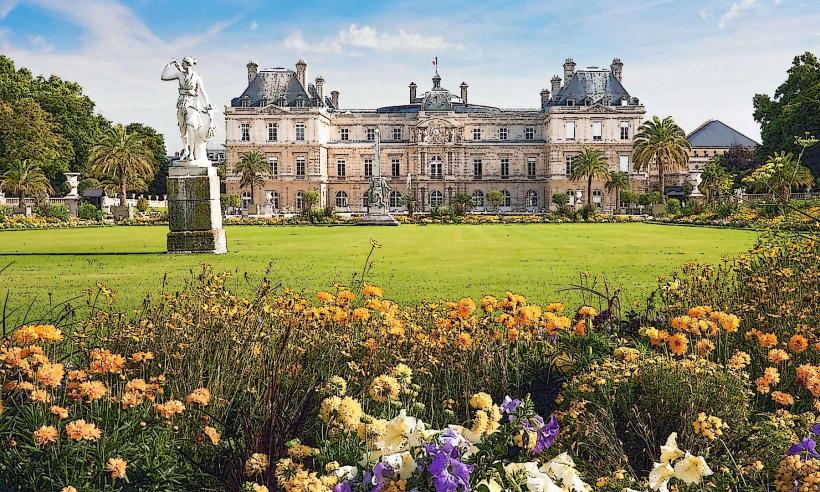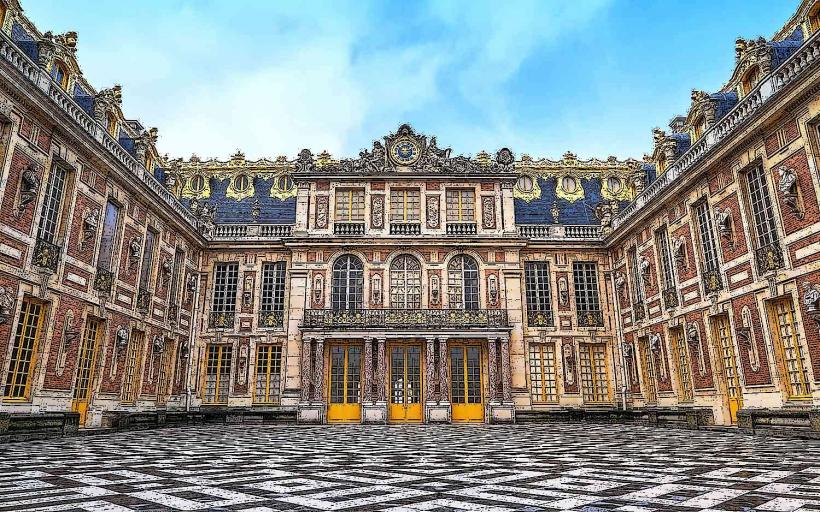Information
Landmark: Musee de L OrangerieCity: Paris
Country: France
Continent: Europe
The Musée de l'Orangerie in Paris is an intimate and elegant art museum most famous for its collection of Impressionist and Post-Impressionist masterpieces, including Claude Monet’s monumental Water Lilies series. Nestled in the Tuileries Garden near the Place de la Concorde, this museum offers a serene environment that invites visitors to deeply engage with some of the finest art of the late 19th and early 20th centuries.
1. Historical Background
Origins as an Orangery: Originally constructed in 1852 as a greenhouse, the building was intended to shelter orange trees for the Tuileries Palace grounds, hence the name "Orangerie." With its large glass windows, the building naturally suited plant life, but after the fall of the Second Empire, it saw various uses, including as a military barracks and event space.
Transformation into a Museum: The building's transition to an art museum began in 1921 when it was designated as a gallery for housing notable art collections. The Musée de l'Orangerie was officially inaugurated as a museum in 1927, with Claude Monet’s Water Lilies becoming its most celebrated exhibition.
2. Monet’s Water Lilies (Les Nymphéas)
Monet’s Vision: Claude Monet’s Water Lilies series is the highlight of the museum. In his later years, Monet cultivated a garden with a pond at his home in Giverny, from which he drew inspiration for this extensive series. The Water Lilies canvases capture the changing light and reflections on the pond’s surface, giving viewers a sense of timelessness and tranquility.
Monet’s Donation to France: Monet offered these paintings to the French government as a gesture of peace after World War I. He supervised the placement of his works, designing the space himself to create a serene, immersive experience.
Layout and Presentation: The paintings are displayed in two large, oval-shaped rooms with diffused natural light, creating an almost meditative environment. These rooms are designed so that visitors feel surrounded by the landscapes, emphasizing the infinite, tranquil quality Monet sought to convey. The museum layout allows for a full, 360-degree view of the Water Lilies, enabling a rare and immersive experience.
3. Jean Walter and Paul Guillaume Collection
Apart from Monet’s Water Lilies, the Musée de l'Orangerie is renowned for its Jean Walter and Paul Guillaume Collection, a rich compilation of paintings donated by art dealer Paul Guillaume and his widow Jean Walter.
Artists Represented: This collection includes over 140 works by celebrated artists like Pierre-Auguste Renoir, Paul Cézanne, Henri Matisse, Amedeo Modigliani, Pablo Picasso, Henri Rousseau, Maurice Utrillo, and Chaïm Soutine. These pieces showcase various artistic movements and styles that define the transition from Impressionism to Modernism.
Highlights and Themes: The collection gives a broad overview of Modern art, with Renoir’s delicate portraits, Cézanne’s explorations of form and color, and Picasso’s experimentation with abstraction and Cubism. Soutine and Modigliani’s expressive portraits and cityscapes are particularly noteworthy, showcasing the emotional and innovative elements that marked early 20th-century art.
4. Architectural and Artistic Ambiance
The Orangerie’s architectural design plays a significant role in enhancing the viewing experience. The simplicity and spaciousness of the rooms, along with ample natural light, highlight the colors and forms of the artworks. Monet’s specially designed rooms allow visitors to feel as though they are inside the paintings themselves, a unique feature of this museum.
- Light and Space: In the Water Lilies rooms, the skylights offer soft, natural illumination that changes with the weather, subtly altering the appearance of the paintings throughout the day. This design echoes Monet’s exploration of light and time, further immersing visitors in his vision.
5. Recent Renovations and Enhancements
In 2006, the museum underwent extensive renovations to improve lighting, accessibility, and gallery space. The renovations restored the original lighting concept for the Water Lilies rooms and expanded the exhibition space for the Walter-Guillaume collection, enhancing the overall visitor experience while preserving the historical essence of the building.
6. Visiting the Musée de l'Orangerie
Location and Access: The Musée de l'Orangerie is located in the Tuileries Garden on the right bank of the Seine, near the Louvre Museum and Place de la Concorde. It is easily accessible by metro, bus, and foot, making it a popular destination in central Paris.
Events and Temporary Exhibits: The museum regularly hosts temporary exhibitions that focus on Impressionist, Post-Impressionist, and early Modernist art, drawing connections with its permanent collection. Thematic exhibitions offer fresh perspectives on Monet, his contemporaries, and subsequent movements influenced by this era.
7. Legacy and Cultural Importance
The Musée de l'Orangerie serves as a testament to the transformative power of Impressionist and Post-Impressionist art, celebrating the innovations of Monet and his successors. It has become an iconic site for art lovers around the world, not only as a place to view beautiful art but also as a space to experience art on a deeply personal level. Its intimate size, coupled with its profound artistic collection, makes it an unmissable destination in Paris for those seeking a quieter, more contemplative art experience.

